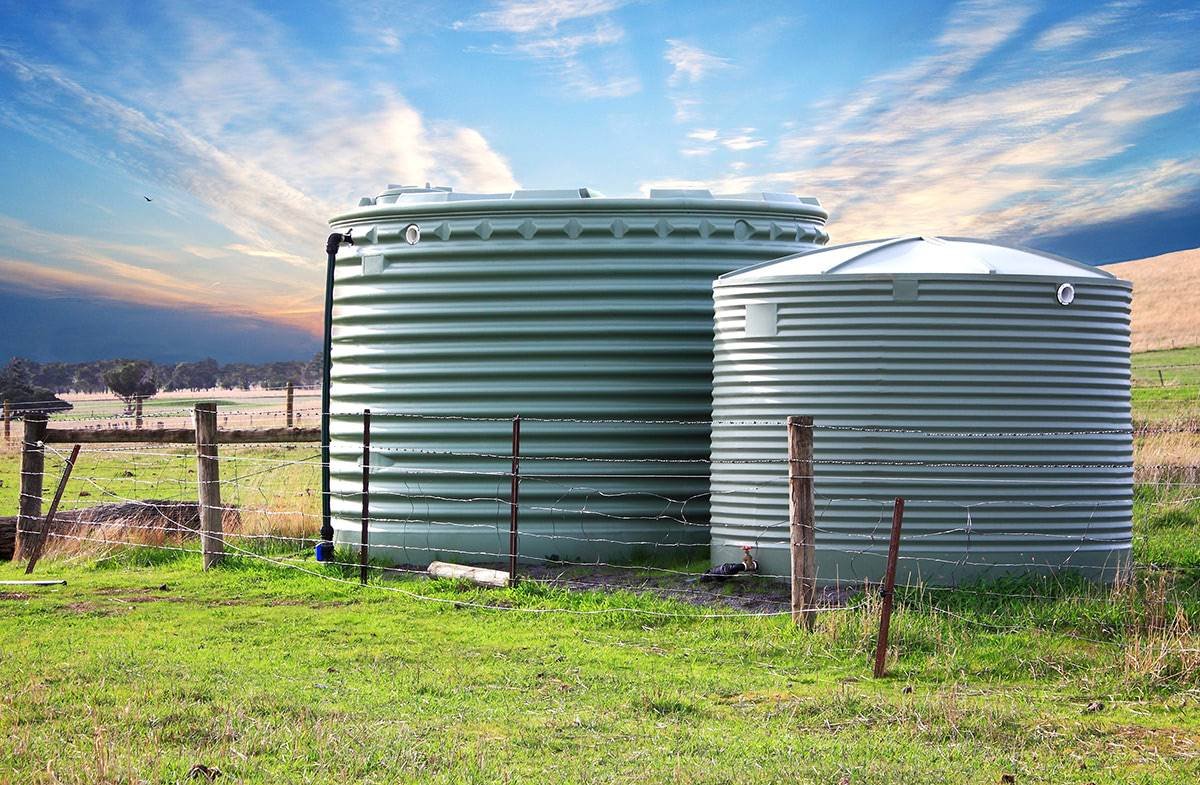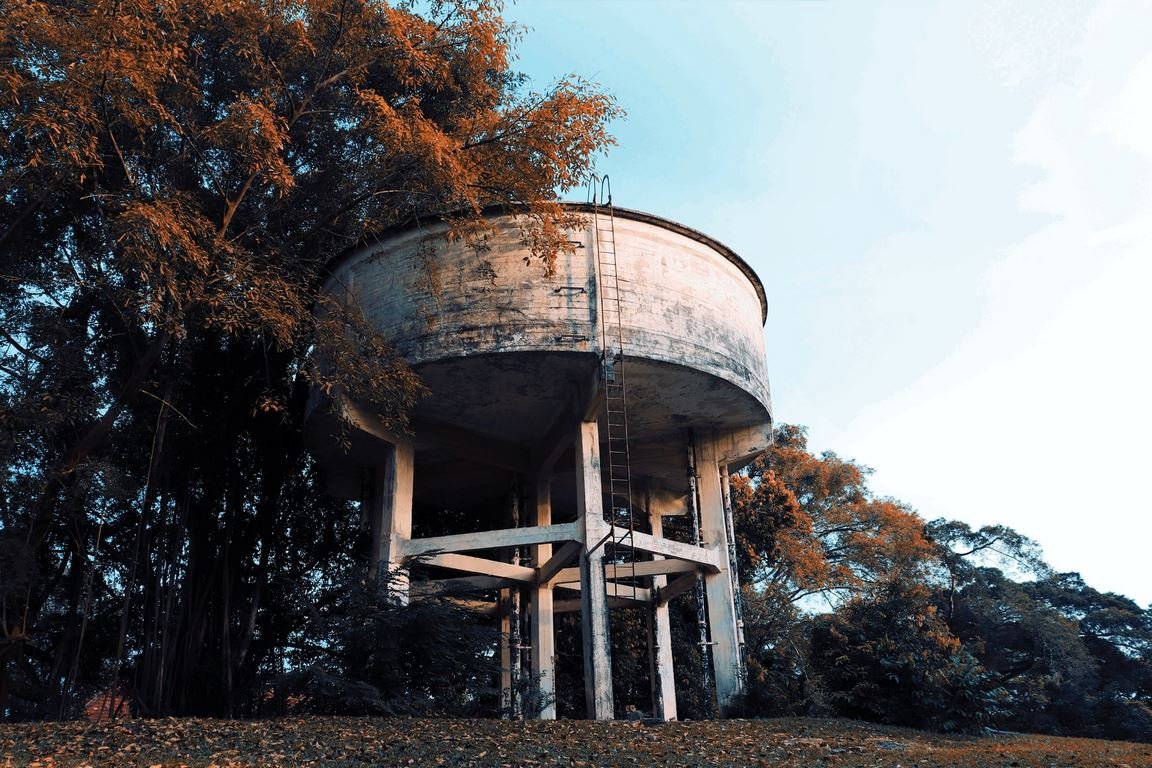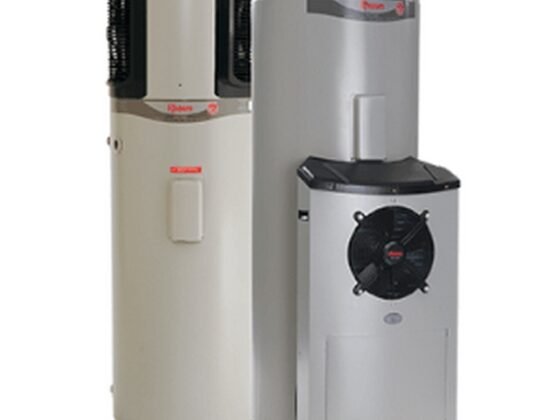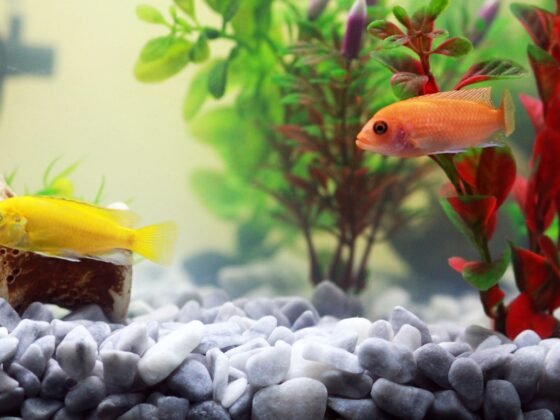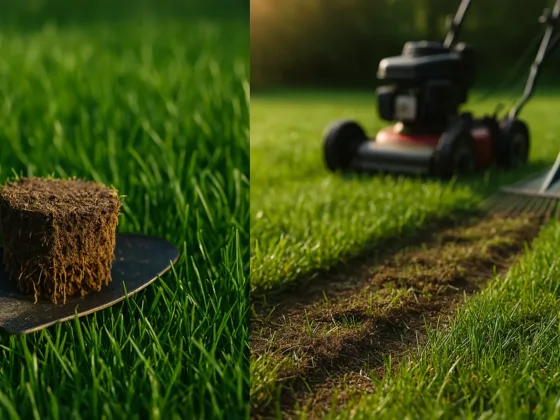Table of Contents Show
Rainwater tanks are widely regarded as one of the best ways to increase your sustainability and reduce your footprint.
People use rainwater tanks for just the garden, for the laundry, or even to supplement or replace the mains water supply for their entire household.
However, there are several types of water tanks available on the market, and as with any purchase, too many options can prove overwhelming and make a purchase more stressful than it needs to be.
Should you buy a round water tank or a square one? A plastic water tank or a steel water tank? Which tank is best for the gallons or liters of rainwater storage you need? All of these types of water tanks have their advantages and disadvantages, and they may seem like a barrier to entry when it comes to rainwater harvesting and rainwater storage.
However, with just a little background information on what type of water storage tank is best for what situation, you’ll be much better equipped to make the best decision, and begin your rainwater harvesting journey.
Steel Water Tanks
Liner Tanks
Steel liner tanks are the number one choice for most rural or semi-rural people looking to use rainwater or groundwater storage to provide water supply for the entire home.
Liner tanks can be seen as the spiritual successor to the traditional corrugated steel tank seen in rural areas for decades.
Steel rainwater tanks come with a liner installed to prevent water from coming into contact with the steel wall of the tank, rusting the steel, and dirtying the water. These tank liners are made from food-grade plastic and are molded to the shape of the tank
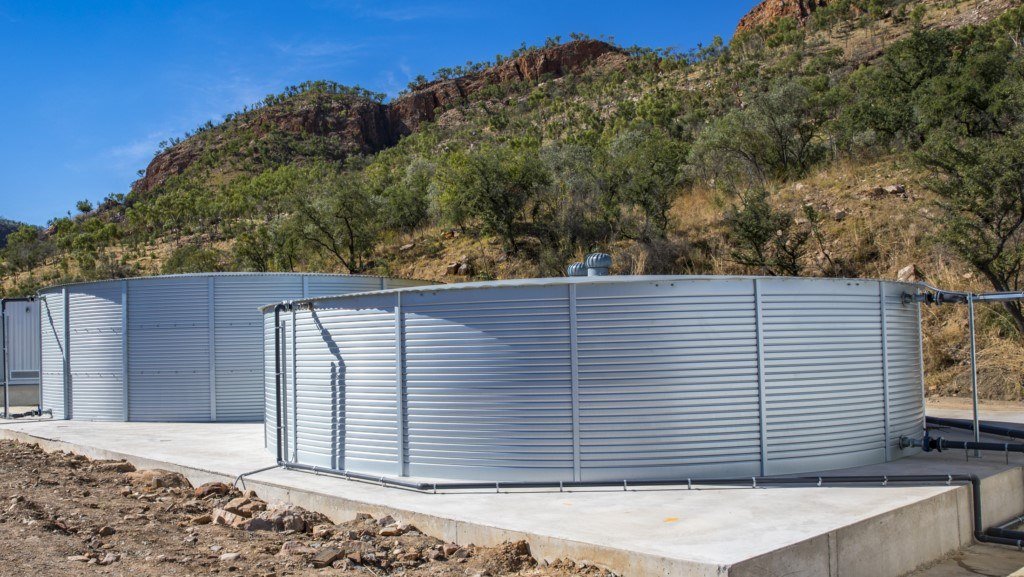
Liner tanks are the strongest and largest tanks available for household water, however, the cost of steel water tanks is higher than that of the smaller and more easily installed plastic tanks.
However, while typically more expensive than a poly water tank, the more water storage you need, the more affordable a steel rainwater tank becomes, as they are able to be manufactured to a much larger size.
Best for: rural properties, those looking at a long-term investment, bushfire protection, people who need large amounts of water storage
Panel Tanks
Stainless steel tanks and galvanized tanks are typically for non-potable water storage. Most panel tanks are made from galvanized steel, as it is more affordable than their stainless-steel tank counterparts, however, a stainless-steel water tank does not suffer the drawbacks of corrosion that other metal tanks do.
These steel tanks are most often used for fire protection systems, but also serve well as cooling systems, mining water tanks, and effluent storage.
The one thing that panel tanks and liner tanks have in common as do all large steel tanks is that they must be installed by an expert installer, as a metal tank has many working parts and panels that require bolting together.
Companies like Pioneer Water Tanks in Tasmania typically contract one trusted installer to work on tanks for them to ensure install quality.
Best for: industrial fire protection, mining sites, hospitals, and warehouses.
This 2000 litre water tank is also good for reference.
Plastic Water Tanks
Poly Water Tanks
Polywater tanks are usually the first option people hear the term plastic tank, and this is due to them being the most common option when it comes to suburban or semi-rural water storage systems.
Poly tanks or polyethylene tanks are manufactured using food-grade plastic – meaning they are ready to be used without the installation of a tank liner and is manufactured in one piece, which means they are typically more affordable to produce and install than many other water storage options. This also makes poly tanks easy to clean and refill if needed.
The beauty of a poly rainwater tank is the versatility of polyethylene. Where many other waters tank materials are inflexible, a poly tank can be produced in a range of shapes and sizes, meaning these tanks are usually best for those lacking the space for a large rainwater tank.
This also means that round tanks aren’t the only option for poly rainwater tanks, with the slimline water tank being an increasingly popular option.
Slimline tanks, designed to be more of an oval or rectangle shape, can even fit thousands of liters of water under the soffit or overhang down the side of your home, without intruding on your backyard at all.
Best for: homes with smaller yards, people looking to harvest water for the garden and laundry, people with a smaller budget.
Fiberglass Tanks
Fiberglass water tanks are typically manufactured for industrial settings rather than for the household. Fiberglass is not food grade, and these tanks require a food-grade coating before they can be utilized for potable use or contact with humans.
The benefit of fiberglass is that it is very stiff and rigid, meaning the walls of a fiberglass tank can be manufactured relatively thin when compared to a polyethylene tank in order to manage water pressure.
However, this does result in a more brittle tank wall, which can be prone to cracks and leaks if not protected externally. This external protection is often in the form of aluminum covering.
Best for industrial settings such as stadiums, office blocks, and some apartment buildings. Good for fire water storage on rooftops or in basements.
Underground Tanks
As the name may suggest, the major benefit of an underground water tank is that it can be buried under a lawn or garden, allowing thousands of liters of rainwater storage with none of the space requirements for an above-ground water tank outside of the plumbing in for rainwater collection.
These plastic water storage tanks are typically also made from food-safe plastic, meaning the water can be used for household water supply if desired. However, the major benefit of an underground tank is also its downfall.
An underground water tank is safe from the elements and damage, thanks to being buried safely beneath dirt, sand, or concrete.
The downside is that it is also very difficult and expensive to access if it was installed incorrectly, or develops a structural fault. They also cannot be gravity fed – unlike above-ground tanks – and will need a water pump in order to ensure a reliable water supply.
Best for: those with minimal available space, or a desire to hide their water storage without too low of a budget.
Read Also:
Bladder Tanks
Certainly, the least common plastic water tank on this list, but possibly the most innovative, these plastic tanks are designed to fit under decking or in a sturdy roof.
Bladder tanks live by the mantra of “not seen or heard,” while providing extra water storage, harvesting this water through a series of pipes and filters.
Bladder tanks are, as their name may suggest, prone to puncture if they come into contact with something course, however have the benefit of typically being hidden under a deck or roof, and also inside a frame, keeping them mostly out of harm’s way.
Best for: places with limited space that also don’t want a visible water tank taking up space between the home and boundary fence. Homes with large decking areas or on stilts.
Concrete Tanks
Concrete water tanks are the largest, strongest, and most unwieldy of water storage options, and of all the available types of water tanks, perhaps the one going out of style the fastest.
The weight and size of concrete tanks make them difficult to transport, and they require flushing and sealing before use and also any time they crack or leak. Repairing concrete is also much more difficult than replacing the panel of a steel tank.
However, their strength and durability cannot be understated, and concrete tanks have long been a set and forget option, particularly for those not looking to use the tanks for potable water.
Best for: mining companies, rural councils or shires, long-term non-potable drinking water.
What’s Next From Here?
Armed with this knowledge, you should now look at how much water storage you need, your budget, and how much available space you have to keep a rainwater tank.
Once you’ve established this, you can work out what rainwater storage tank is best for your needs, and begin your rainwater harvesting journey.
The complete range of bushman tanks and goods is available from Amhurst Rainwater tanks.
